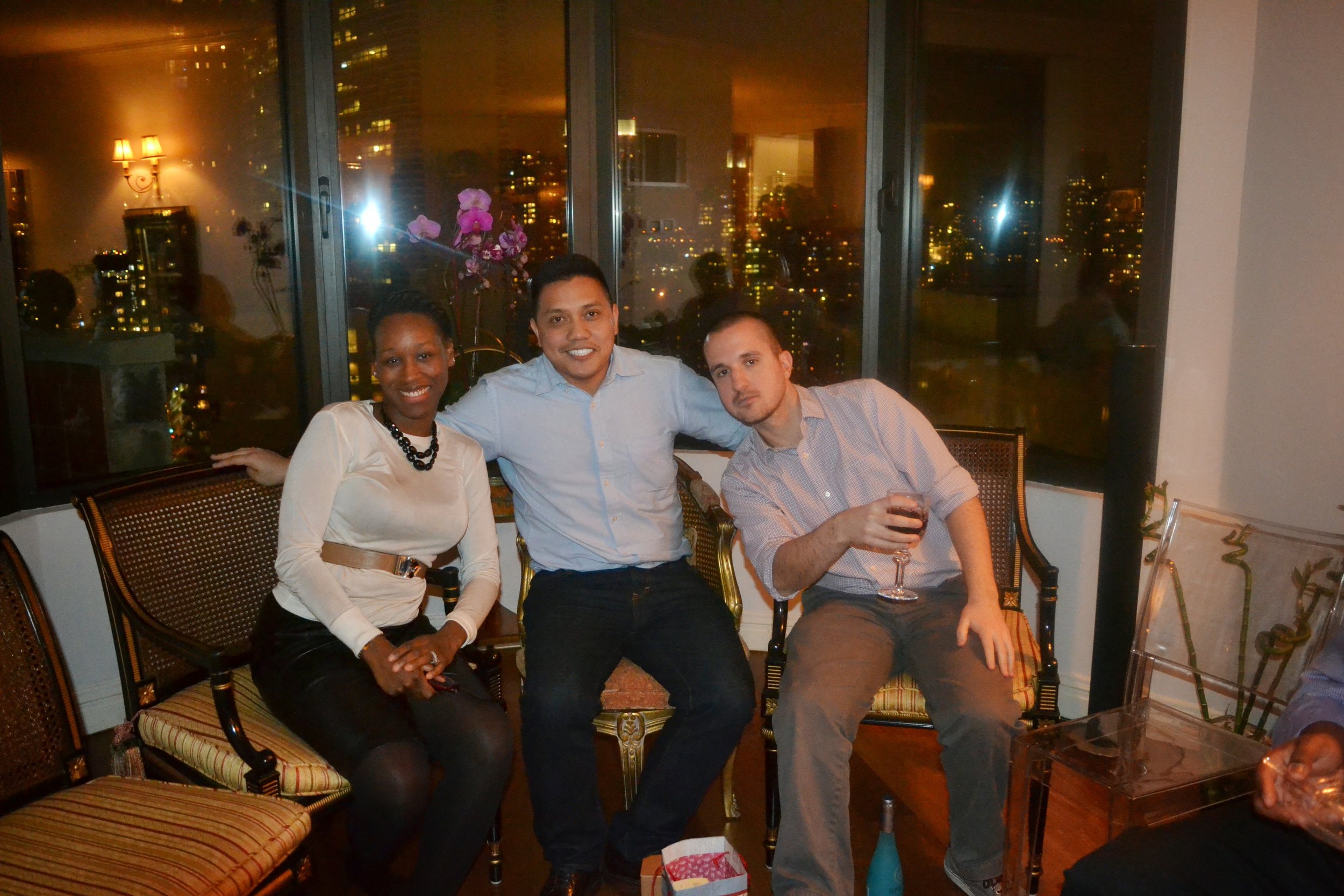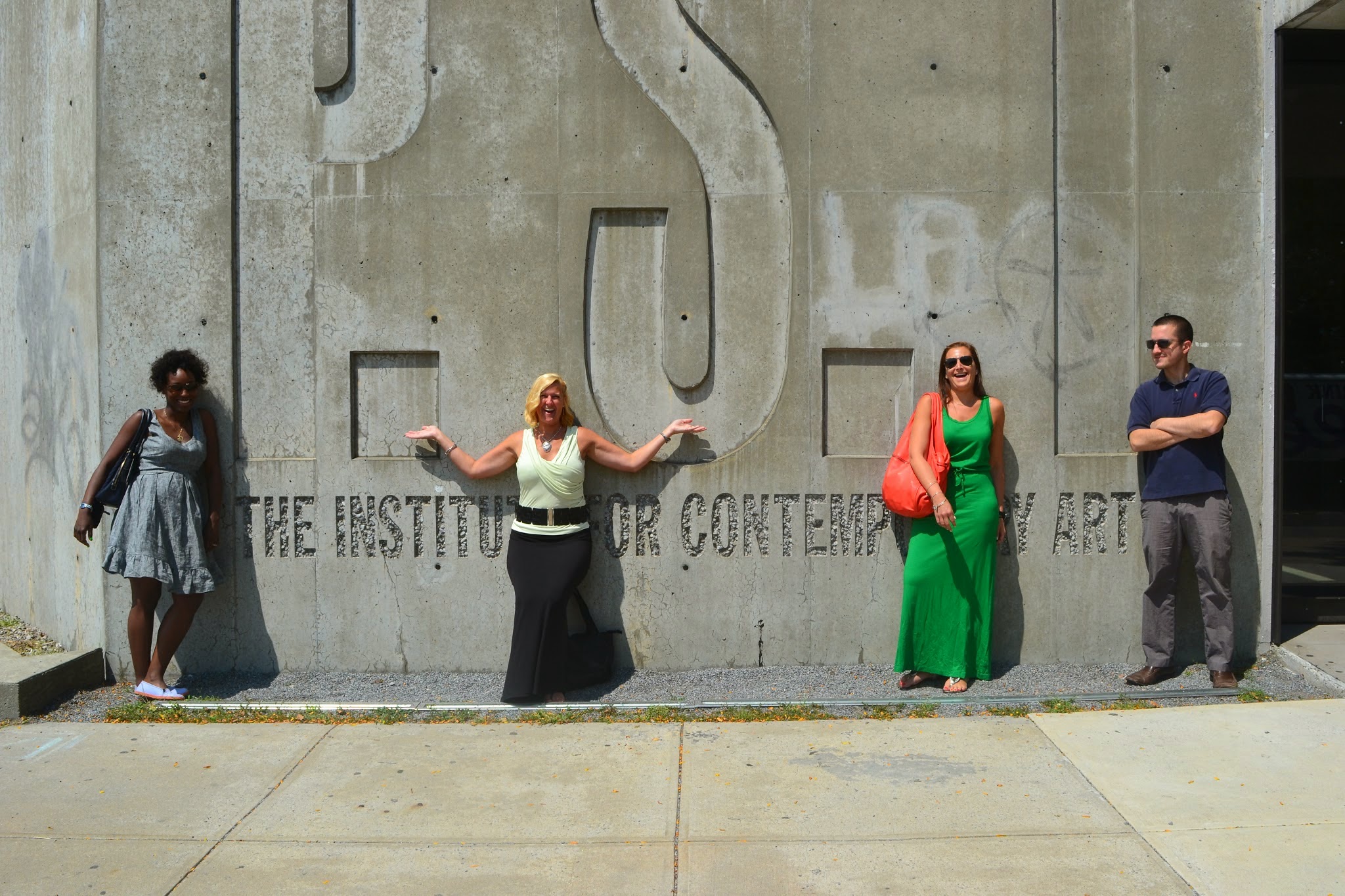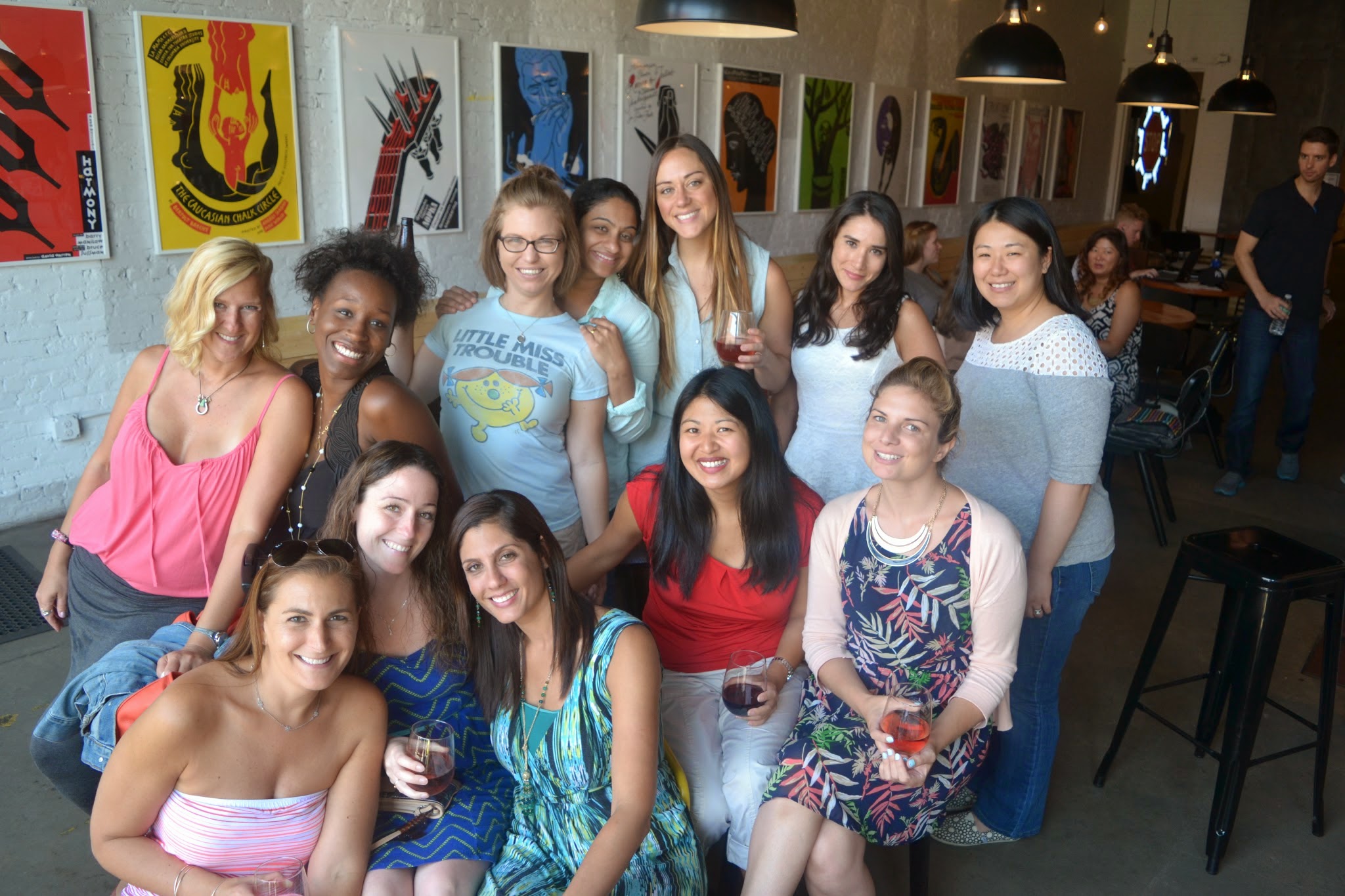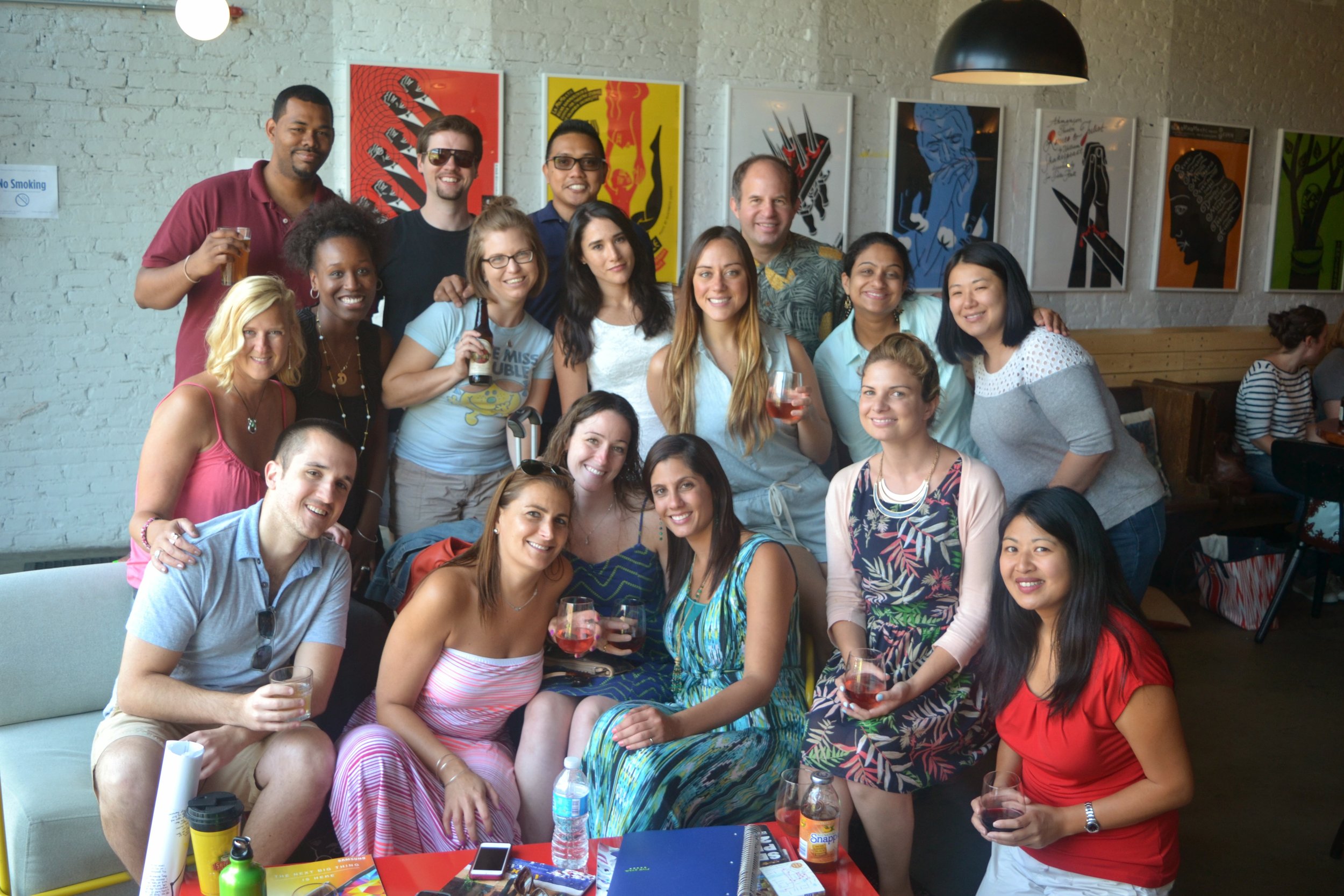Our school year is coming to a close and the summer break is finally on the horizon. As I reflect on my "teaching" year all I can do is shake my head. I'm shaking my head to rid myself of the negative thoughts and feelings about my effectiveness as a teacher in my current assignment. This was a challenging year. I have reached my tolerance level for the classroom. What I mean is I no longer feel I can do my job effectively without loosing a part of myself. My job is no longer psychologically safe for me. The students I "teach" are so in need of so many things . . . loving parents, educational advocates, a warm bed, therapist, and psychologist. As I think about the behaviors that many of them exhibit I reflect on Dr. DeGruy research. My work in my school always leads me to think about this research. Dr. DeGruy. She developed a term called Post Traumatic Slave Syndrome.
WHAT IS P.T.S.S.?
P.T.S.S. is a theory that explains the etiology of many of the adaptive survival behaviors in African American communities throughout the United States and the Diaspora. It is a condition that exists as a consequence of multigenerational oppression of Africans and their descendants resulting from centuries of chattel slavery. A form of slavery which was predicated on the belief that African Americans were inherently/genetically inferior to whites. This was then followed by institutionalized racism which continues to perpetuate injury.
Thus, resulting in M.A.P.:
- M: Multigenerational trauma together with continued oppression;
- A: Absence of opportunity to heal or access the benefits available in the society; leads to
- P: Post Traumatic Slave Syndrome. {Source}
Under such circumstances these are some of the predictable patterns of behavior that tend to occur {all of which I see in my students on a daily basis}:
KEY PATTERNS OF BEHAVIOR REFLECTIVE OF P.T.S.S.
Vacant Esteem
Insufficient development of what Dr. DeGruy refers to as primary esteem, along with feelings of hopelessness, depression and a general self destructive outlook.
Marked Propensity for Anger and Violence
Extreme feelings of suspicion perceived negative motivations of others. Violence against self, property and others, including the members of one’s own group, i.e. friends, relatives, or acquaintances.
Racist Socialization and (internalized racism)
Learned Helplessness, literacy deprivation, distorted self-concept, antipathy or aversion for the following:
- The members of ones own identified cultural/ethnic group,
- The mores and customs associated ones own identified cultural/ethnic heritage,
- The physical characteristics of ones own identified cultural/ethnic group.
Below is a video of a lecture in which Dr. DeGruy discusses her research:











